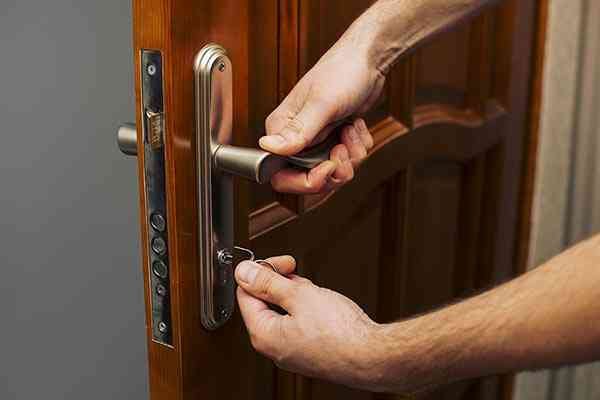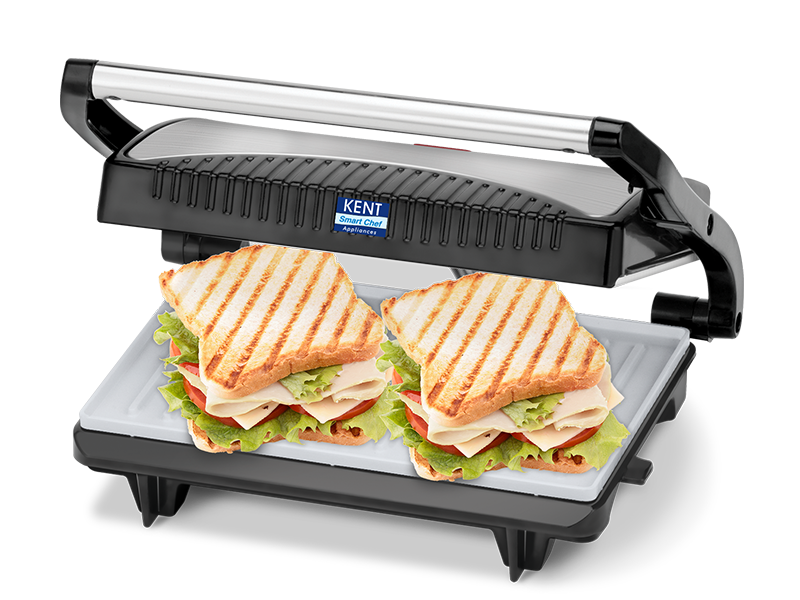So, you’re gearing up for the LPUNEST, and you’ve wisely decided to tackle those crucial LPUNEST Previous Year Question Papers. Excellent choice! They’re like a treasure map, revealing the exam’s structure, difficulty, and the types of questions you’ll face. But here’s the thing: just solving them isn’t enough. You need to solve them smartly. Many candidates fall into common traps, hindering their preparation. Let’s shine a light on these mistakes and, more importantly, how to dodge them.
Beyond Just Practice: Understanding the Exam Landscape
Simply studying textbooks isn’t enough. The LPUNEST exam has its own unique pattern, difficulty level, and question types. This is where LPUNEST Previous Year Question Papers become your best friend. They offer a real-world simulation, allowing you to:
- Familiarize Yourself with the Exam Pattern: Get a clear understanding of the number of sections, the weightage of each section, and the overall structure of the exam. This eliminates surprises on the actual test day.
- Identify Key Topics and Repeated Questions: By analyzing past papers, you can pinpoint frequently asked topics and areas of focus. This helps you prioritize your study efforts and concentrate on high-yield areas.
- Gauge the Difficulty Level: Understand the type of questions asked, from easy to challenging. This helps you build confidence and develop effective problem-solving strategies.
- Improve Time Management: Practicing with timed papers allows you to simulate exam conditions and learn to manage your time effectively. You’ll learn how to allocate time to each section and avoid running out of time.
- Self-Assessment and Performance Analysis: After solving a paper, analyze your performance. Identify your strengths and weaknesses, and focus on improving areas where you’re struggling. This continuous self-assessment is key to improvement.
- Reduce Exam Anxiety: Familiarity breeds confidence. By practicing with previous year papers, you’ll become more comfortable with the exam format, reducing anxiety and boosting your performance.
Tips for Maximizing the Benefits:
- Solve Papers Under Timed Conditions: Mimic the actual exam environment to get a realistic experience.
- Analyze Your Mistakes: Don’t just solve the papers; analyze your mistakes and understand the concepts behind them.
- Create a Study Schedule: Incorporate solving previous year papers into your study schedule for consistent practice.
- Use Answer Keys for Verification: Always verify your answers with the official answer keys to ensure accuracy.
- Focus on Understanding, Not Just Memorizing: Understand the underlying concepts rather than simply memorizing answers.
Mistake 1: Treating Them Like Just Another Practice Test
Many students simply solve the papers, tally their scores, and move on. This is a huge missed opportunity! LPUNEST Previous Year Question Papers are more than just practice. They’re diagnostic tools.
- Tip: After solving a paper, accurately analyze your performance. Identify the topics where you struggled. Did you make silly mistakes or did you lack conceptual clarity? Categorize your errors. This will help you focus your revision.
Mistake 2: Ignoring the Time Factor
The LPUNEST is a timed exam. Practicing without a timer is like training for a marathon at a leisurely stroll.
- Tip: Simulate exam conditions. Set a timer for the exact duration of the keam previous year question papers. This will help you build speed and accuracy. Gradually reduce the time taken to solve each section. Learn to manage your time effectively.
Mistake 3: Neglecting the Analysis of Incorrect Answers
It’s easy to brush off incorrect answers and move on. But that’s where the real learning lies.
- Tip: For every incorrect answer, understand why you got it wrong. Refer to your textbooks or online resources to clarify the concepts. Make notes of these concepts and revise them regularly.
Mistake 4: Not Identifying Recurring Themes and Patterns
The LPUNEST often repeats certain question types or topics. Analyzing previous year papers can reveal these patterns.
- Tip: Look for recurring themes and topics. Identify the most frequently asked question types. Focus your preparation on these areas. This will give you a strategic advantage.
Mistake 5: Relying Solely on Previous Year Papers
While previous year papers are invaluable, they shouldn’t be your sole preparation resource.
- Tip: Use them in conjunction with your textbooks, notes, and other study materials. They should complement your overall preparation, not replace it.
Mistake 6: Not Solving Papers in the Right Sequence.
Jumping randomly between years or difficulty levels can be counterproductive.
- Tip: If possible, try to solve papers in a chronological order. This can show you how the exam has evolved over time. Also, start with easier papers to build confidence, then move to more challenging ones.
The Takeaway:
Using LPUNEST Previous Year Question Papers effectively is about more than just solving them. It’s about understanding your strengths and weaknesses, managing your time, and identifying patterns. By avoiding these common mistakes, you can significantly enhance your preparation and increase your chances of success.
Call to Action:
Start analyzing those previous year papers today! Don’t just solve them, dissect them. Make them your allies in your journey to LPUNEST success. Good luck!















Leave a Reply